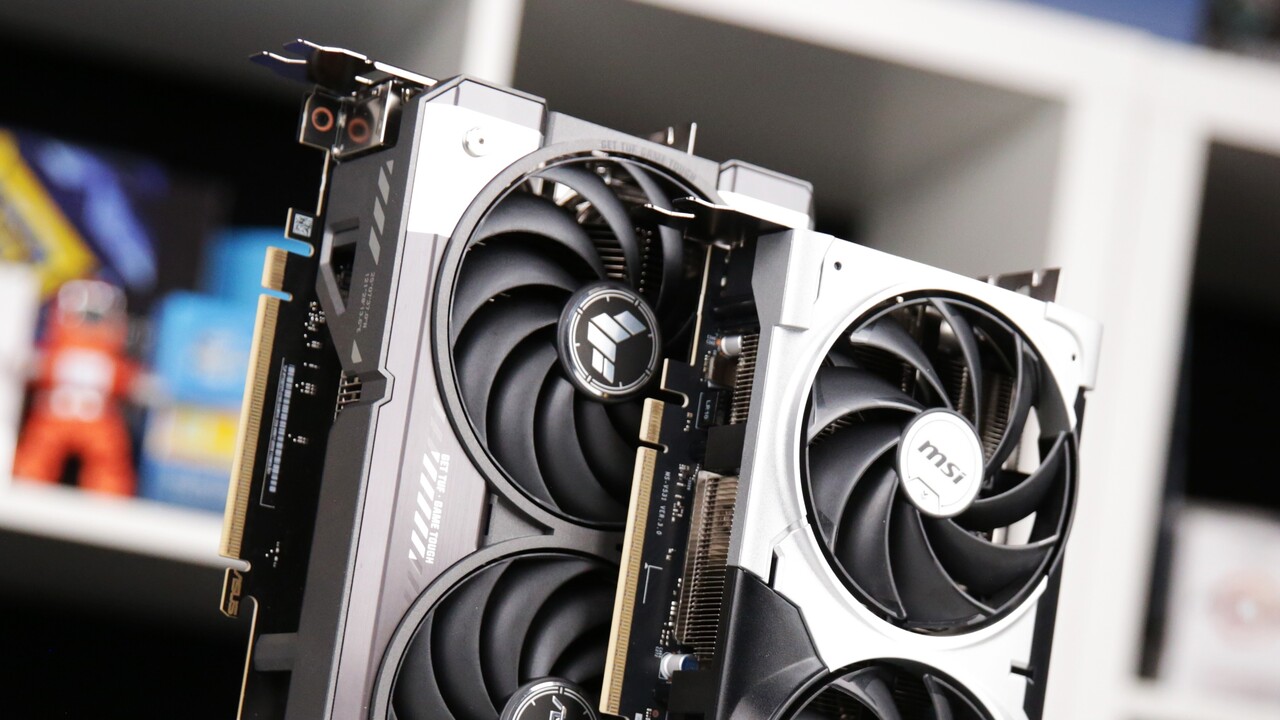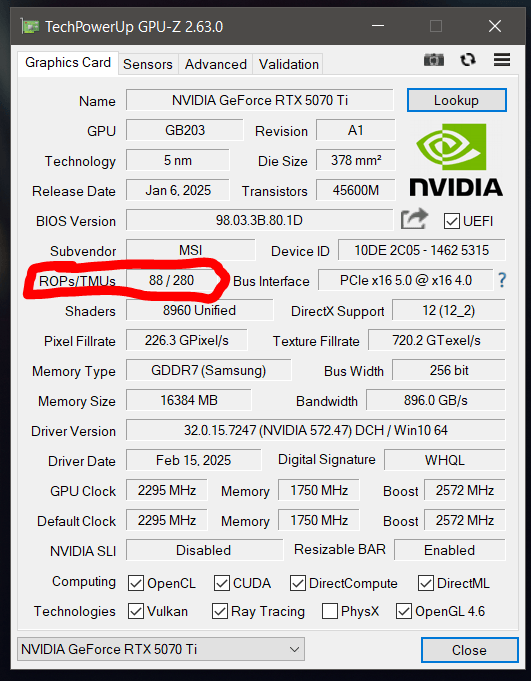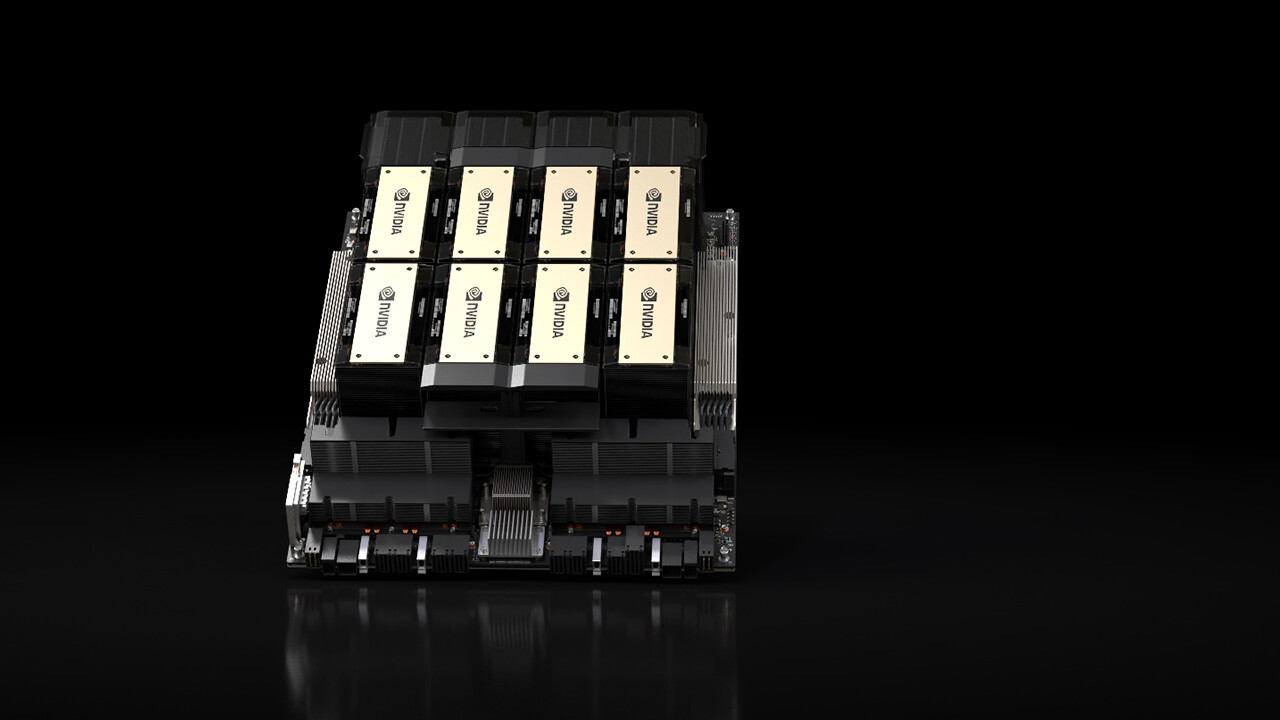Nvidia Geforce RTX 5070 TI: ROP defects cost up to 11% performance in 3DMark

NVIDIA has confirmed that the GEForce RTX 5090 (test) and RTX 5070 (test) were shipped to customers with too little ROPS. Around 0.5% of graphics cards worldwide would be affected and an average 3D performance of 4%. The first benchmarks come from the Computer Basics forum.
A faulty GeForce RTX 5070 in the community
In the TechAstuce Forum, the timeworm member of the Zeitgeist, who is affected by the problem with his new gaming trio MSI GeForce RTX 5070. In GPU-Z, the graphics card with only 88 active rendering output units is shown, but it should actually be 96 ROPS with a full RTX 5070 TI. A ROP partition with 8 is therefore missing, which corresponds to the known error image in previous cases with the GEForce RTX 5090 (d). Nvidia itself spoke in a statement about “One less than specified” – and apparently meant an entire partition. TMUs are also not affected by the fault here.
 With this GeForce RTX 5070 Ti, only 88 of the 96 ROPS are actually active (image: Zeitgeist community member)
With this GeForce RTX 5070 Ti, only 88 of the 96 ROPS are actually active (image: Zeitgeist community member)
It is also worth noting that according to initial reports about affected graphics cards from Zotac and Gigabyte, a model from MSI with a faulty ROP partition is now opening. In this regard, it can be assumed in this regard and in agreement with Nvidia’s statement that no board partner is fundamentally immune from default.
How is the defect expressed in practice?
According to NVIDIA, an average of 4% graphics performance is associated with the ROP defect, while the Compute and AI workloads are not affected. This is conclusive, ROPs are not necessary here. The units connected between the SMS and the graphics memory are responsible for processing the fragments calculated by the shaders and manipulating them into a finished frame, which is then stored in the frame buffer. Accordingly, the question arose as to whether a painting of only 4% is realistic, where around 8% of the ROPS ceased in the case of a defective Geforce RTX 5070.
3 to 11% less power in 3DMark
Fortunately, the Zeitgeist declared itself ready to test its GeForce RTX 5070 TI late in the evening at 3DMark. When playing himself, he did not notice the defect of his GeForce RTX 3070, but the benchmark results provide information: In the 3DMark time trial, the graphics scores are 11% or 8% below that of the editorial team with A fully functional GeForce RTX 5070 measured the results. With a graphics card that can only beat your direct predecessor by 7 to 12% anyway, this weighs accordingly. In the new 3DMark Steel Nomad, according to the graphics score, the performance is actually only about 3% below an RTX 5070 Ti with full 96 ROPS. It can also be seen here that flat rate information about the loss of performance is hardly possible on 3D load, the influence can be different, which is especially true from synthetic benchmarks and thus to games.
The same is also valid in a similar form for the affected GEForce RTX 5090 (d), especially since NVIDIA did not differentiate between the fundamental GPUs in the release. Basically, 8 missing ROPs shouldn’t be all that important in the 176 active ROPs of a full RTX 5090. On average, only 4% performance loss is quite realistic here.
GeForce-RTX-50 Model Key Data Overview Model GEFORCE RTX 5080 GEFORCE RTX 5070 TI GEFORCE RTX 5070 Blackwell GPU GB203 GB205 Figure TSMC Transistors 92.2 billion 45.6 billion 31.1 billion. Chip size 750 mm² 378 mm² 263 mm² Active SMS (chip*) 170 (84) 70 (84) 48 (50) FP32-ALUS 21760 10,960 6,144 Boost clock / base 2,410 / 2,300 2,450 / 2,300 2,510 / 2,160 FP32 Performance 104.8 Tflop 56.3 Tflops 43.9 Tflops 30.9 Tflops AI leads by 3,352 1,406 988 Texture units 680 336 280 ROPS 176,112 98,304 KB 49,152 KB Speicher 32 GB GDDR7 12 GB GB GBDDR7 -Interface 512 Bit 256 Bit 192 Bit Throughput 28 GBPS 30 GBPS 28 GBP 896 GB/s 672 GB/s 3 × NVENC video engine (9th generation)
2 × NVDEC (6th generation) 2 × NVENC (9th generation)
2 × NVDEC (6th generation) 2 × NVENC (9th generation)
1 × NVDEC (6th generation) 1 × NVENC (9th generation)
1 × NVDEC (6th generation) DLSS DLSS 4 with multi-frame generation PCI Express PCIe 5.0 × 16 TDP 575 W 300 W 250 W Founders Edition Yes No Ja 2 Slot (304 mm) – 2 slots (242 mm) Connection Power (min.) 1 × 12V-2 × 6 (600 watts) 1 × 12V-2 × 6 (min. 450 watt) 1 × 12V-2 × 6 (min. 300 watts) I/O (reference) 3 × DisplayPort 2.1b, 1 × HDMI 2.1 Market launch January 30, 2025 February 2025 RRP (ink)
The editorial team thanks the Zeitgeist community member for the effort and hopefully wishes you every success with the RMA process.
Subjects: From the geforce forum geforce rtx 50 geforce rtx 5070 ti graphics cards nvidia nvidia Blackwell Source: TechAstuce-forum

An engineer by training, Alexandre shares his knowledge on GPU performance for gaming and creation.


